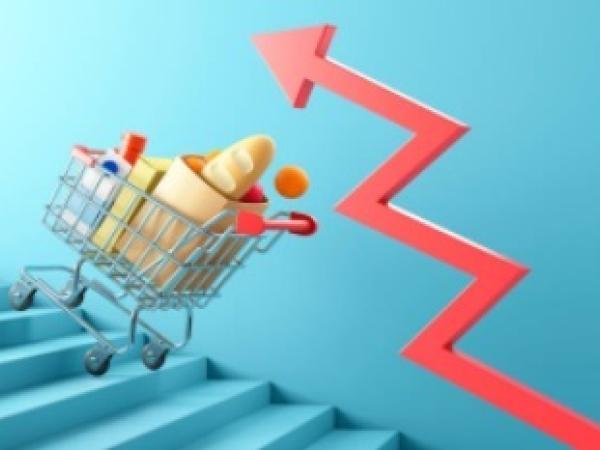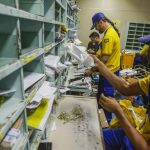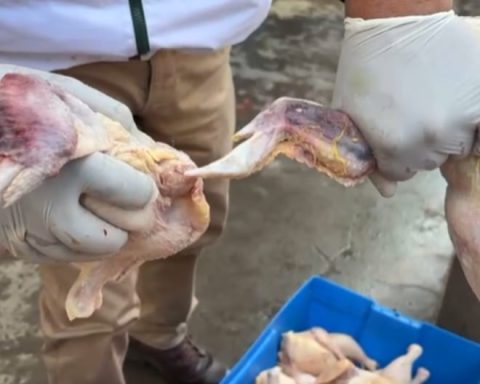Annualized inflation in September increased again, reaching 11.44%, a figure not seen for 23 years. According to experts, another increase is expected for the remainder of the year, but there are several products in the basic basket that have seen even more marked price increases in the last year.
(Comprehensive salary: its characteristics and scenarios in which it applies).
The food group is the category that has the most weight within the consumer price index (CPI), which is measured by the National Administrative Department of Statistics (Dane), and it is also the one that registers the highest inflation within all groups of the indicator: 26.62%.
It is precisely for this reason that several of the products that appear as those with the greatest increase in the last year are precisely food. If current prices are compared with those of a year ago, cassava is the one that has become more expensive, with a difference of 121.41% in its price. There is also the case of onion, with a rise of 105.72% and arracacha, yams and other tubers, with a rise of 80.27%.
The increase of 52.95% presented in bananas, 49.06% in dry legumes and 44.72% in oranges stands out. In the case of coffee, the rise in prices that consumers have felt in the last year reaches 44.33% and another staple of the Colombian diet, rice, has risen 33.6%.
(The world currencies that have been most affected by the rise of the dollar).
Other pantry essentials, sugar has risen 39.25%, salt 25.2% and oils 23.8%. Wheat and its derivatives have not escaped inflation either, registering a figure of 37.33%, which is also reflected in bread (31.48%). Milk has risen 36.7%, butter 35.27% and cheese 27.4%. Eggs are now 30.9% more expensive than a year ago.
Even the lunch box has also become considerably more expensive, since fried foods such as French fries, chitos, maizitos, patacones, kisses generally present a price increase of 35.12%, and soft drinks such as juices, teas and hydrating drinks have risen 15, 59% in the last twelve months.
Jackeline Piraján, an economist at Scotiabank Colpatria, highlights how in the last month there were increases associated with fresh fruits, “but also with items of the family basket such as rice, eggs and again we see new pressures in terms of meat. pork and beef, even fish.”
According to the analyst, these increases are also being compounded by the fact that several items that have been processed again are showing new upward pressures, as is the case, for example, with bread.
Other goods and services
Although the majority of products that are driving the rise in consumer prices are food, the rises in some services, in cleaning products and other household categories also stand out.
That is why, for example, one of the services that has seen the most important increases in the last year is vehicle insurancewhich in September reported annual inflation of 33.87%.
(The woman who robbed a bank to steal her own money).
cleaning products They are others that have seen a higher increase compared to the prices of a year ago, and today they are 32.75%, while toiletries have become more expensive by 18.8% and items for oral hygiene have risen 15.03%. This, according to experts, has to do in large part with the pressures in some value chains, and also because of the rise in the price of some chemical raw materials.
Among other considerable increases is the transport of passengers and luggage by plane, a category in which it is included, also payments for excess baggage, registering, for example, an increase of 29.67%, and also stationery items, such as notebooks, agendas and paper. These have risen 23.16%.
On the public services side, electricity has increased by 27.29%, gas 15.75% and the cost of water supply has risen by 9.13%.
“Within core inflation, the greatest acceleration occurred in goods, with significant pressure from elements such as air travel, cleaning and maintenance products, and footwear, while in the basket of services, tuition for higher education and vehicle insurance reflected the greatest acceleration in the month”, explained Laura Peña, BBVA Research economist for Colombia.
Laura Lucia Becerra Elejalde
BRIEFCASE

















